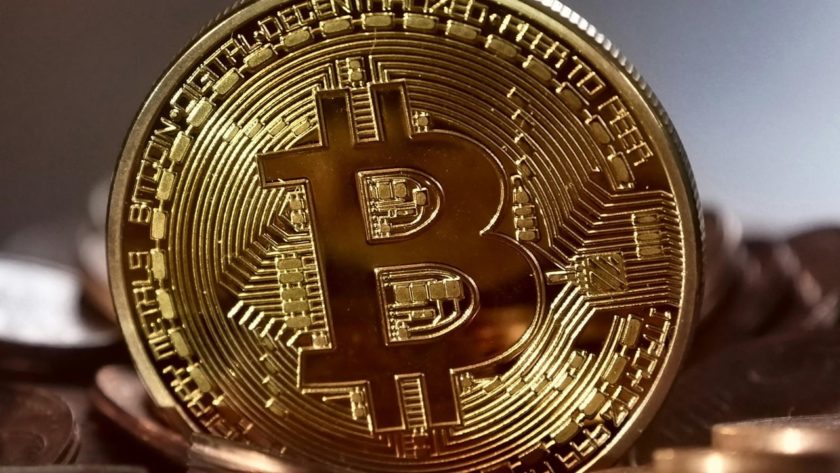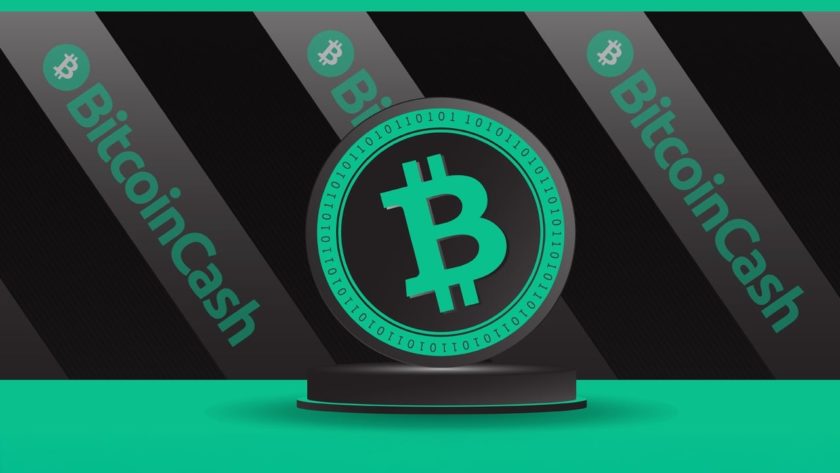A Bitcoin History Lesson
The first time Bitcoin (BTC) passed $10,000 was in late-2017. At the time, investors across the board, most of which were your average mom & pop consumers, were juiced with the fear of missing out. Thus, they siphoned money into the cryptocurrency space day in, day out. Rumors suggest that some took out loans to finance their foray into this asset class.
What’s more, the words “cryptocurrency” and “blockchain” occupied the computer monitors (or phone screens) of nearly every breathing human in the Western world. Mainstream media outlets, like CNBC, Bloomberg, and CNN, were covering the topic incessantly, while crypto’s very own content creators saw their subscriber counts soar to the noon.
But then it all collapsed, leaving many caught with their pants down, so to speak. With this rapid collapse, many declared Bitcoin dead. Gone were the days that “Bitcoin” was a popular word at the dinner table; mainstream media outlets, the CNBC “Fast Money” segment, in particular, had slowed their coverage to a near-halt.
Over the past few months, however, Bitcoin has returned, rallying from the doldrums of 2018’s “crypto winter”. Some have called the move from $3,100 to $11,000 a “sucker’s rally” though, claiming that no retail investors will willingly pay $10,000 for some lines of code on an intangible network.
Indeed, if you take a look at Google Trend results for “Bitcoin”, “Buy Bitcoin”, or any related term, interest remains at less than 15% of what was seen during late-2017.
$10,000 is Fair
But, to most involved in the industry, $10,000, which places Bitcoin’s entire market capitalization at 2% of that of gold, is entirely fair (and may even be quite the undervaluation). Here’s why.
Compared to 2017, there are now more institutions than ever in Bitcoin, as Rhythm Trader astutely points out.
- As of the time of writing this, Wall Street household names, namely Fidelity Investments and BNY Mellon, are starting to work with this space. Fidelity has launched its cryptocurrency custodian and is actively testing its trading desk; BNY Mellon has teamed up with Bakkt, the up-and-coming Bitcoin futures exchange/infrastructure creator. Moreover, TD Ameritrade and E*Trade, two massive American retail brokerages, have, according to sources, unveiled intentions to launch spot Bitcoin trading in the very near future. These platforms could open the cryptocurrency doors to millions of Americans.
- Unlike 2016 or even 2017, there are now massive corporations accepting digital currencies via a number of services: AT&T, Nordstrom, Amazon’s Whole Foods, Microsoft, and more. Or in other words, the viability of Bitcoin as a medium of exchange continues to grow.
- During Consensus, Microsoft unveiled a decentralized identity (DID) solution, which intends to give consumers more control of their online data and persona. The thing is, not only was this going to be blockchain-based, but Microsoft revealed that it was intending to create this solution directly on the Bitcoin blockchain. This marks one of the first times that Bitcoin is being used for a non-monetary purpose. And better yet, this project is being headed by a one-trillion dollar tech company.
- And of course, Facebook, along with notable corporate partners (Uber, Spotify, Visa, PayPal, Booking Holdings, etc.), unveiled Libra, a stablecoin. While cynics see this as a threat, analysts have concluded that it will be a net benefit to Bitcoin.
If retail investors managed to drive Bitcoin to $20,000, many think it would be nonsensical to suggest that Bitcoin at $10,000 is overvalued, especially considering the institutions that are really working in the space.
Photo by Karsten Würth (@karsten.wuerth) on Unsplash




